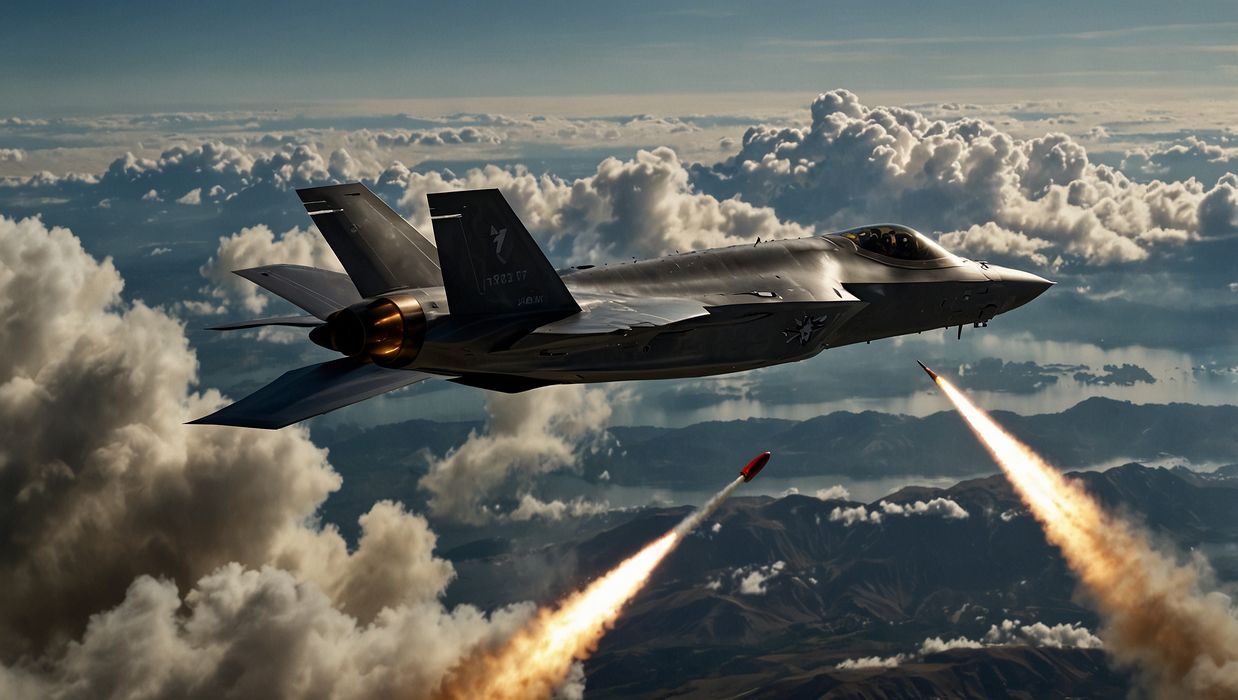
News from Supernova shows a new application set for explosive growth.
Supernova is a spin-off of Spanish company BCN3D. The spin-off leverages their unique 3D printing process, Viscous Lithography Manufacturing (VLM). VLM is a resin process, but uses a transparent film to deposit fresh resin layer by layer instead of a deep vat. This enables VLM to handle far more viscous resins than could be contemplated for other conventional resin 3D printing processes.
This is important because resins become viscous due to additives. More additives, more viscosity. Thin resins therefore have limited properties and applications. VLM turns this upside down, as it can handle “unlimited viscosity”.
I’ve been curious about what type of applications will emerge from this new capability. Because of the previous limitations, there really aren’t any viscous resin 3D printing applications yet.
Now we know of one, and it comes from the US Department of Defense.
According to Supernova, they’ve been awarded a US$2M contract from the American Center for Manufacturing and Innovation to print “energetic materials”. It’s ultimately part of the DoD’s Pathfinders portfolio. In other words, an experiment.
Hold on, what are “energetic materials”?
Energetic materials are substances or mixtures that release energy rapidly when subjected to heat, pressure, or shock. This energy release typically takes the form of heat, light, sound, or pressure, and it is often associated with combustion, deflagration, or detonation. Energetic materials are commonly used in a wide range of applications, including explosives, propellants, and pyrotechnics.
Typical applications of energetic materials include pyrotechnics (unlikely for the US DoD), propellants (possibly), and explosives.
So it seems that the US DoD might be attempting to print explosives or propellants with Supernova VLM technology.
This will require considerable work by Supernova, as these materials will need very special handling procedures. They may also have to modify their equipment to ensure there are no sources of ignition.
This is a highly unusual application, and the only similar approach I’ve heard of is the printing of solid rocket fuel. In that application, it is possible to modify the burn profile by printing different geometries that burn at different rates. It may be that the new Supernova application is attempting something similar.
We won’t know the details, of course, as this will be secret to the military. Nevertheless, it seems that we have a new area of application for 3D printing.
Via Supernova
